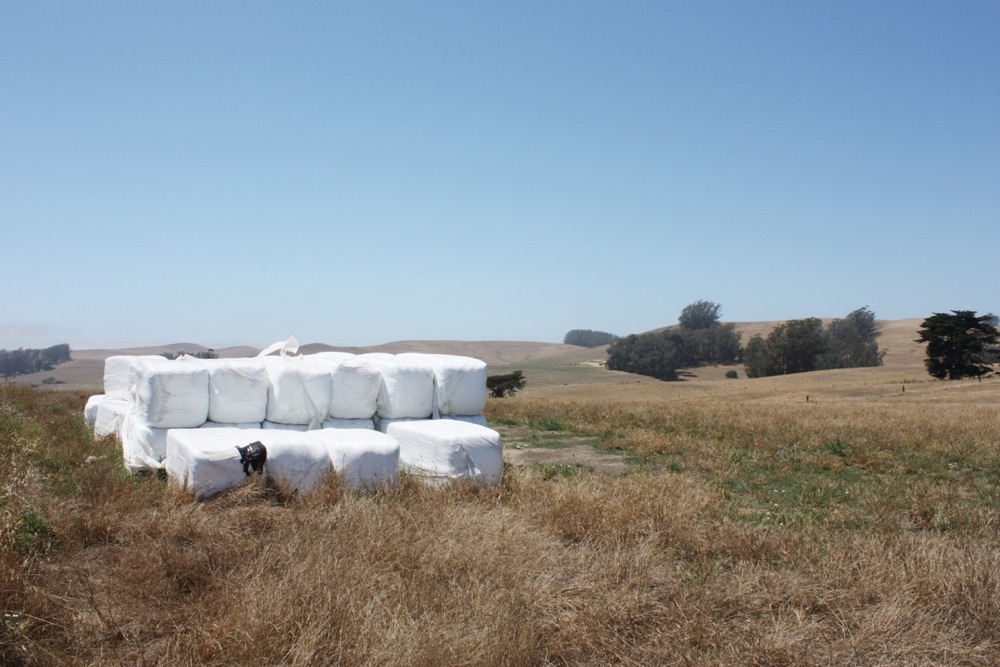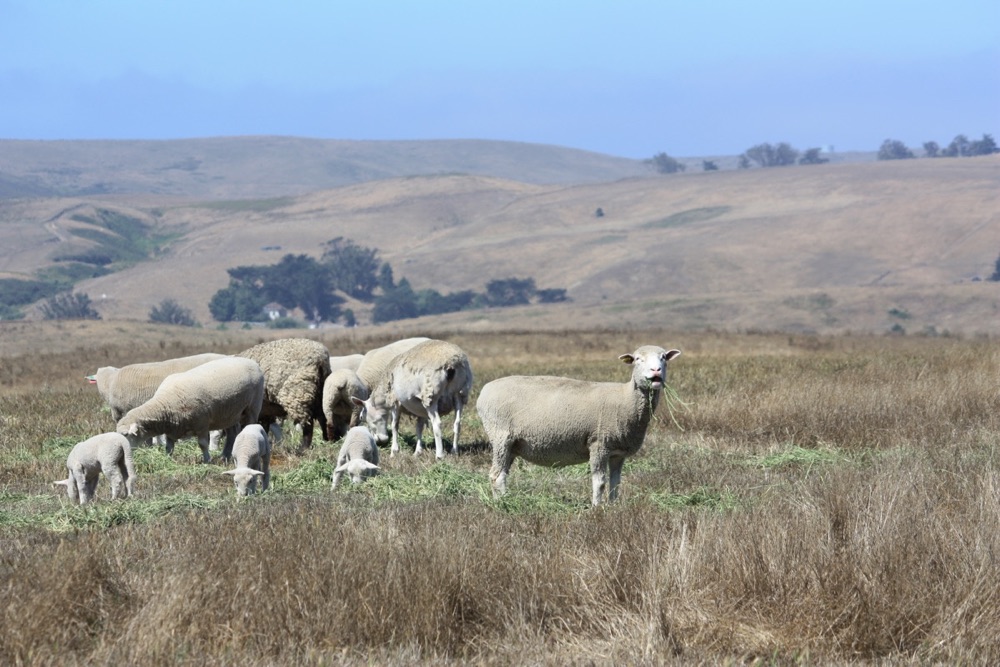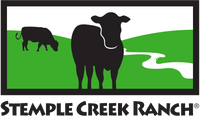
When The Grass Is Greener
One of the most important aspects of our ranch is the grass that grows in our pastures. It's the food stuff of our free-range livestock that graze outdoors from the time they are born until they are harvested.
Each year, winter rains make for plentiful spring grass. Usually from late November to early July our coastal hills are verdant green and the animals feast on nature's bounty--steadily growing and gaining weight.
But in the warm summer months, the sun bakes the fields to a dry golden brown. As the grass dries, its nutritional content diminishes and the growth rate of the animals slows. Because our beef and sheep are entirely grass-fed, we need to preserve some forage from the peak season to use as supplemental feed during leaner months.
To do this, we mow designated fields around the time the grasses begin to seed. This is when the forage is highest in nutrition. The cut grass lays in the field and dries to around 30%-50% of its original moisture. Then the partially dried grass is baled and tightly wrapped in white plastic which seals in the remaining moisture and helps maintain the protein and energy content.
This shrink-wrapped natural grass is called "haylage." You may notice these nutrient rich bales stacked around our fields. They are organic home grown supplemental food to tide us over until seasonal rains restore our pastures to their green glory. Pretty cool, huh?




